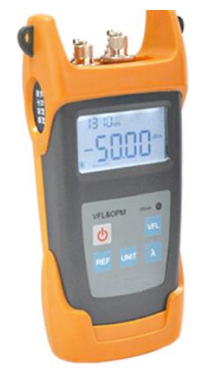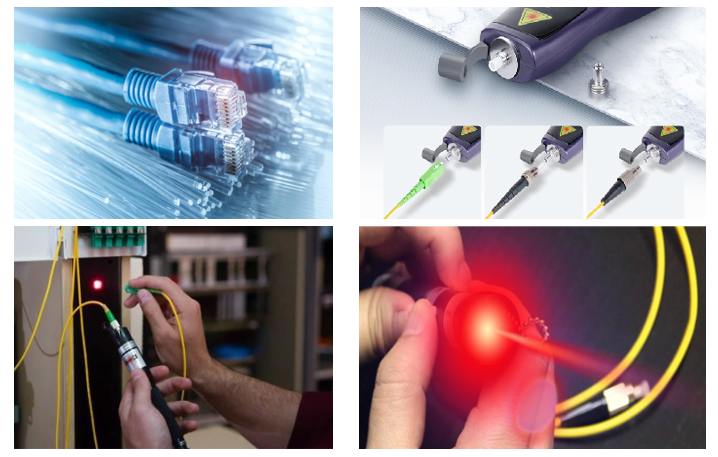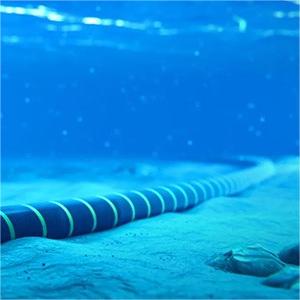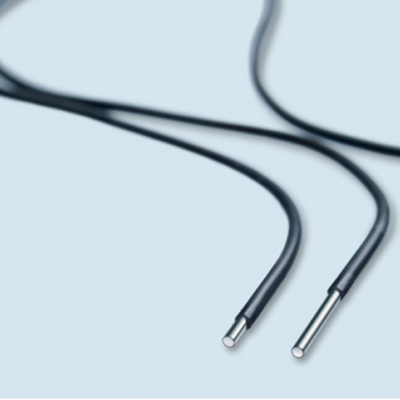As the application of optical fiber in network communication becomes more and more widespread, various optical fiber devices have emerged at the same time. A visual fault locator is one of the commonly used optical fiber inspection tools for troubleshooting network faults. This article will help you understand visual fault locators.
What is a Visual Fault Locator?
A visual fault locator (VFL) is a visible light source (LED or laser diode) that injects visible light energy into an optical fiber. VFL is a cost-effective way to spot defects in sharp bends, breaks, faulty connectors, and other faults which will "leak" red or green light visually. In addition, VFL locates the fault of the OTDR dead zone.
Types of Visual Fault Locators VFLs
1. Pen-Type Visual Fault Locator
A pen-type visual fault locator is small in size and easy to be carried away. It can be used to identify the connectors in patch panels, and the fibers during splicing operation, and locate sharp bends and breaks in a jacket or bare fiber within 5km.
2. Hand-Held Visual Fault Locator
A hand-held visual fault locator is a cable continuity tester that locates fibers and verifies cable continuity. This tester helps find breaks in cables, connectors, and splices. The hand-held visual fault locator generally has a larger size, and the weight is higher than the pen-type visual fault locator.
3. Mini Visual Fault Locator
Mini visual fault locator is a compact but powerful fiber optical cable test tool, with an output power of up to 10mW, 650nm wavelength laser, which can be used to locate sharp bends and breaks in the jacket or bare fiber within 8-10km.
How Does Visual Fault Locator Work?
The VFL fills the core of the optical fiber with light from the laser. The light from the laser escapes the optical fiber at a break or macro bend and illuminates the buffer surrounding the optical fiber. Macro bends are not always visible through the jacket. They are typically visible through the buffer. While breaks may be visible through the jacket of the fiber optic cable depending on jacket color, thickness, number of optical fibers in the cable, and amount of strength members.
Applications
Visual fault locator is used in telecommunication networks, cabling systems, CATV, fiber routing, LAN, etc.
Conclusion
A visual fault locator is used to detect breaks, bends, and other damage in fiber optic cables. It provides lightweight, fast detection and precise fault location. Sun Telecom specializes in providing one-stop total fiber optic solutions for all fiber optic application industries worldwide. Contact us if any needs.


 Position :
Home>
News & Tutorial
>Products
Position :
Home>
News & Tutorial
>Products





 Position :
Home
>Products
Position :
Home
>Products





 ics@suntelecom.cn
ics@suntelecom.cn  +86 18964888554
+86 18964888554 Building No.145, Lane 666 Xianing Road, Jinshan Industrial Zone, Shanghai 201506, China
Building No.145, Lane 666 Xianing Road, Jinshan Industrial Zone, Shanghai 201506, China